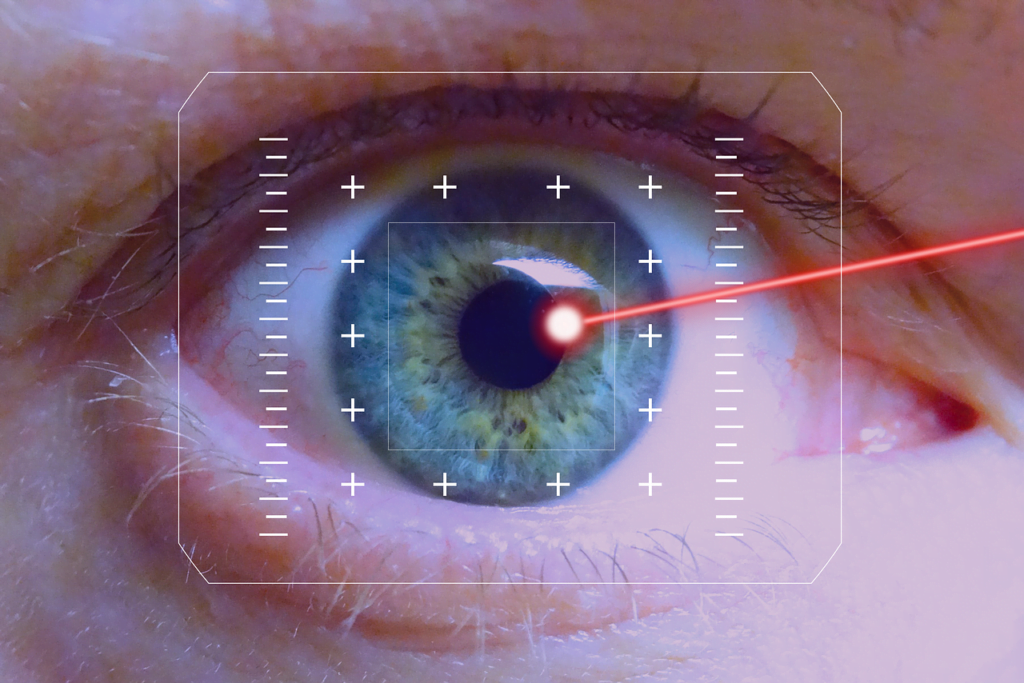
By: Dr Mahipal S Sachdev
Cataract is the most common cause of decreased vision, especially among the geriatric population. About half the population by the age of 60 has cataract while around 80% of the people develop it in at least one eye by the age of 70 years and thus suffer from blurred vision.
Cataract is the clouding of the natural lens of the eyes that leads to blurred or impaired vision. This clouding of the natural lens of the eye is because of clumping of protein present in the eye lens as you age initially leading to blurred vision, fading of colors and eventually causing permanent blindness. Although it is possible to lower your risk of developing cataracts, it is not entirely preventable and once cataract has set in, surgery is the only treatment option.
As we all know that cataract happens naturally and there is no need to get panicked about it if one is diagnosed, as most of the patient s get alarmed. With increasing in age the possibilities of developing cataract also gets stronger. While many fear the notion that during sore temperatures the cataract surgeries take longer to heal and is painful during the winters. But doctors suggest that winters are the best time to get the surgery done as the season helps in quicker recovery.
Cataract surgery is the most frequently performed surgery among surgeries performed on any part of the human body, even more frequent than heart surgery. With vision becoming increasingly blurred as cataract progresses, it can take a toll on your life by hindering simple day-to-day activities like going for walks, reading, knitting etc. With improved vision after cataract surgery, you can now live a better-quality life with clear vision and doing activities that you love.
How cataract affects the vision?
The eye lens is made up of protein and water. During cataract, protein reduces the sharpness of the vision and reduces the amount of light that reaches the retina. In a severe form, it can blur the vision as most of the cataract problems occur due to protein clumps. The lens slowly changes color and you may get a brownish shade vision.
It becomes more difficult for you to read and perform other tasks in your day to day life. The lens gets discoloured and you find it difficult to identify things. Once you have this kind of problem, you should immediately consult an eye doctor.
Symptoms of cataract:
It tends to appear in people of the older age group and the colour of lens of the eye gradually becomes cloudy. Some of the other symptoms of the cataract are:
· Vision is affected by small spots and dots
· Some small patches appear in the blur part of the vision
· Vision becomes worse and people get glare vision
· Double vision or multiple visions in one eye
· Struggle with glasses and contact lenses
· Causes pain and inflammation
Blade free Laser surgery – For Quicker recovery
It is a better option to cure cataract and improve vision. Surgery is an effective treatment to cure the contract. It involves removing the lens and installing an artificial lens. Surgery is right option as it provides you with long-term benefits. The professional will suggest you solutions according to your body condition and history and then suggest options to remove the cataract. The surgery is performed on each eye at different times. After the surgery you should regularly use eye drops to keep your eyes safe and away from any kind of infections.
The latest technology in the field of cataract removal is Femtosecond Laser technology or Robotic Blade free laser cataract surgery, which is a leap ahead of the traditional Phacoemulsification cataract surgery (a manual technique, where the surgeon makes cuts in the cornea using a handheld blade). With the use of a femtosecond laser, each aspect of this procedure is now automated and monitored by the computer leading to safer, quicker surgery and accurate results each time.
In contrast to conventional cataract surgery, the innovative Femtosecond Laser technology allows for the creation of corneal incisions with computer-guided Laser controlled precision. The laser also fragments the cataract into tiny pieces which can then be safely removed by the surgeon. The critical high-resolution eye image mapping and measurements that are used to plan and perform the Femtosecond laser cataract surgery to exact specifications are not attainable with traditional surgery. With the use of femtosecond laser, each aspect of this advanced Blade free cataract surgery is automatically programmed and monitored by the computer. Earlier co-existing astigmatism required the patient to wear spectacles even after surgery but now with Femtosecond cataract surgery; the astigmatism (up to 2 dioptres) is also treatable hence doing away with the hassle of spectacles post-cataract surgery.
While cataract surgeons are doing a good job now, femtosecond laser technology introduces the ability for even the best cataract surgeons to be more consistent. It has the potential to, in the simplest of terms; help automate many of the crucial steps of cataract surgery resulting in a quicker and safer operation and improved surgical outcome for the patient every single time. There are approximately 100 Femtosecond laser cataract surgery machine installations in India. In the last year, about 24,000 femtosecond cataract surgeries were performed in India.
The author is a Chairman & Medical Director, Centre for Sight Group of Hospitals. He ca be mailed at rkraisamp@gmail.com
The post Robotic bladeless Cataract surgeries during winters appeared first on Daily Good Morning Kashmir.

